Assertion Consider the following two bromides I and II undergoing solvolysis reaction in boilding ethanol :
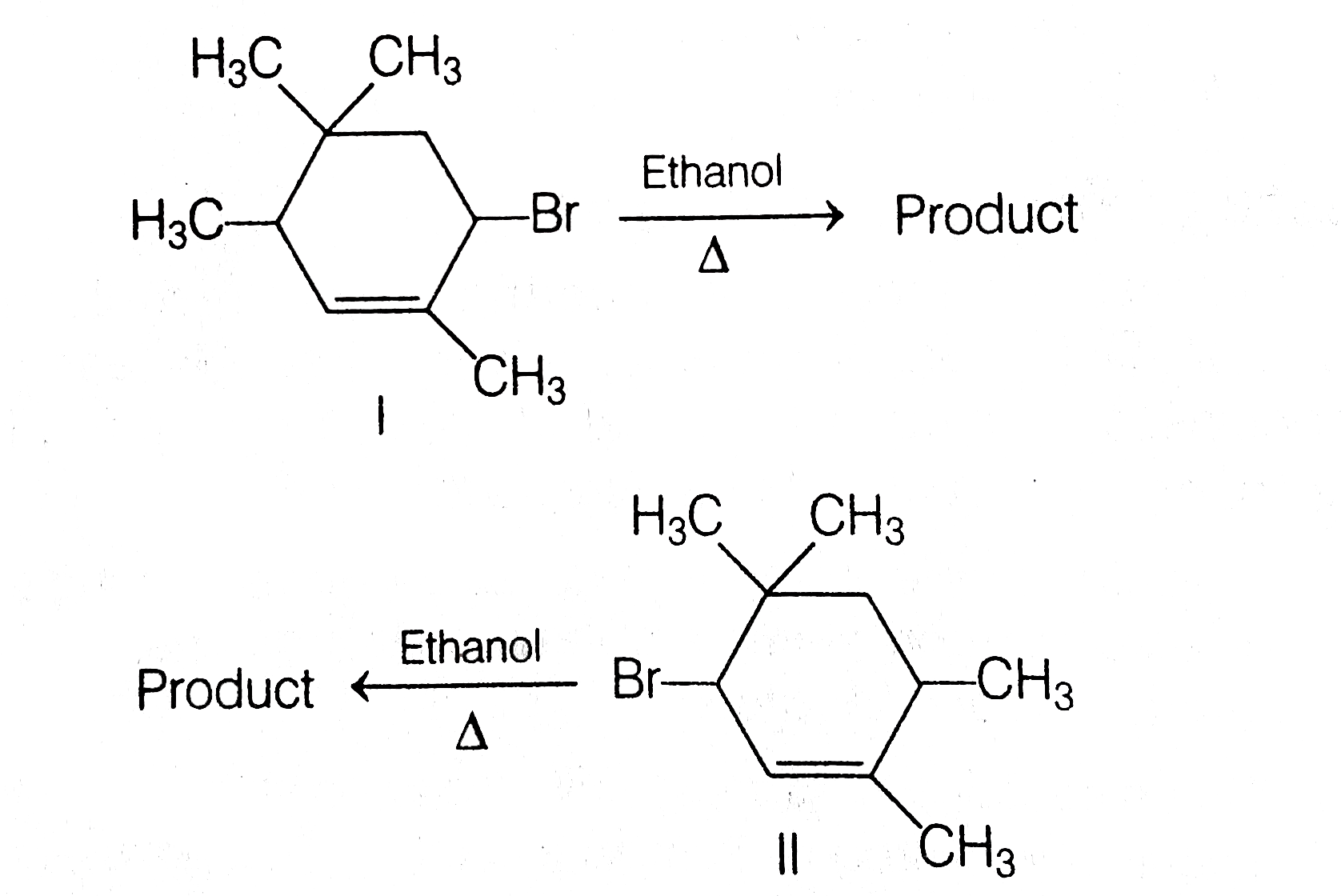
I is less reactive than II in the given solvolysis reaction.
Reason The resonance stabillsation available with intermediate formed II is the important driving force.
Both assertion and reason are connect and reason is the correct explanation of the assertion.
Both assertion and reason are correct but reason is not the correct explantation of assertion.
Assertion is correct but reason is incorrect
Assertion is incorrect but reason is correct.
The correct Answer is:A
Topper's Solved these Questions
- ALKYL HALIDESBOOK - IIT-JEE PREVIOUS YEAR (CHEMISTRY)CHAPTER - ALKYL HALIDESEXERCISE - chapter test
4 Videos
- ALIPHATIC COMPOUNDS CONTAINING NITROGENBOOK - IIT-JEE PREVIOUS YEAR (CHEMISTRY)CHAPTER - ALIPHATIC COMPOUNDS CONTAINING NITROGENEXERCISE - chpter test
1 Videos
- AROMATIC ALDEHYDES, KETONES AND ACIDBOOK - IIT-JEE PREVIOUS YEAR (CHEMISTRY)CHAPTER - AROMATIC ALDEHYDES, KETONES AND ACIDEXERCISE - JEE Main And Advanced
37 Videos
Similar Questions
Give reasons for the following :
(i) Methane does not undergo addition reactions, but ethene does.
(ii) Ethyne is more reactive than ethane.
(iii) Hydrocarbons are excellent fuels.
View SolutionMatch the reaction in column I with appropriate type of steps// reactive intermediate involved these reaction as given in column II.

View Solution
Knowledge Check
Consider the following reaction:

(I) and (II) are respectivelyAoxidation reductionBreduction, oxidationCoxidation, oxidationDreduction, reduction.Consider the following reactions I and II. ltbr>
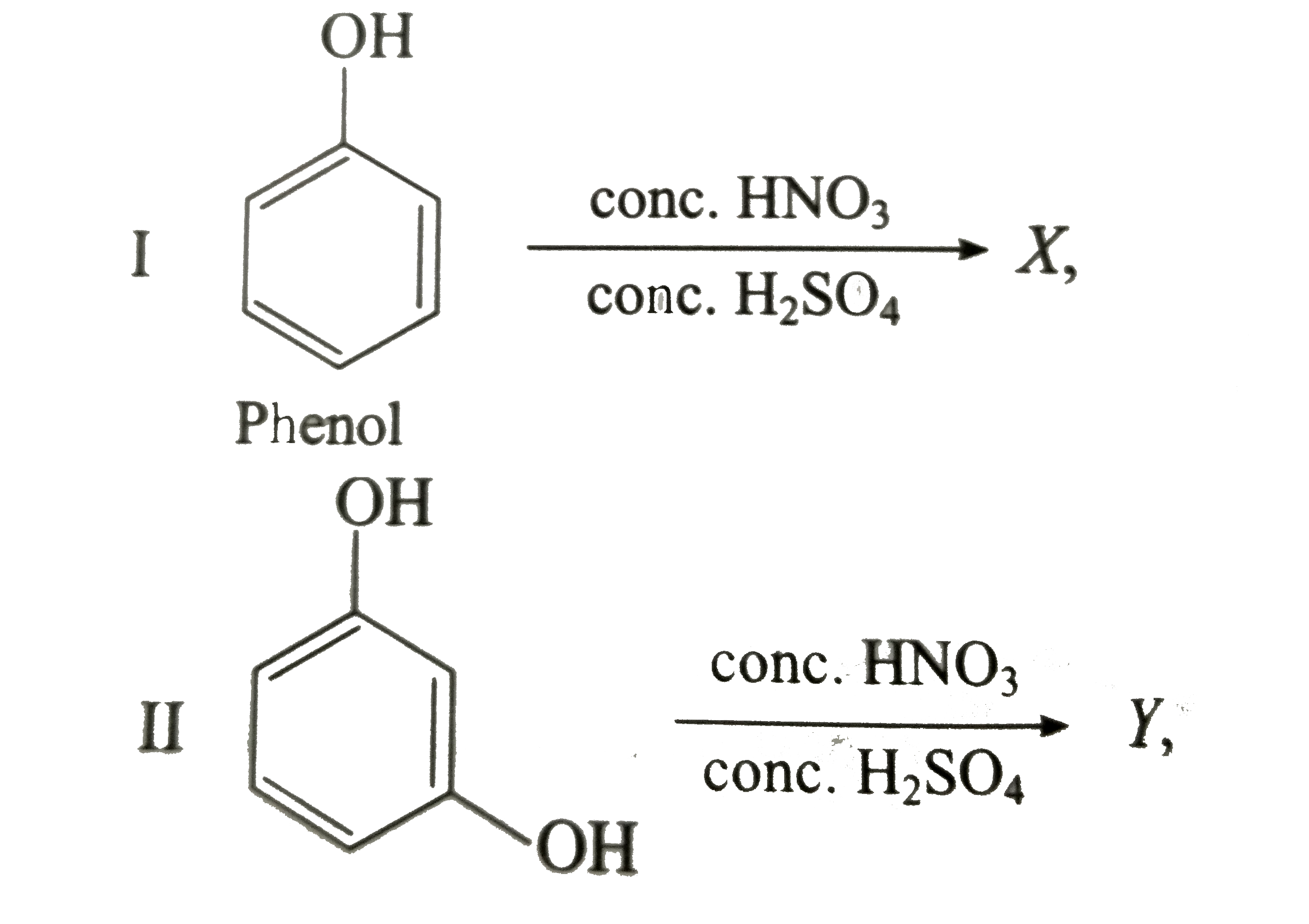
Product 'X' and 'Y' are respectively :Apicric acid, styphnic acidBstyphnic acid, picric acidCpicric acid, benzoic acidDpicric acid, salicyclic acidConsider the following reaction to answer the next three
questions: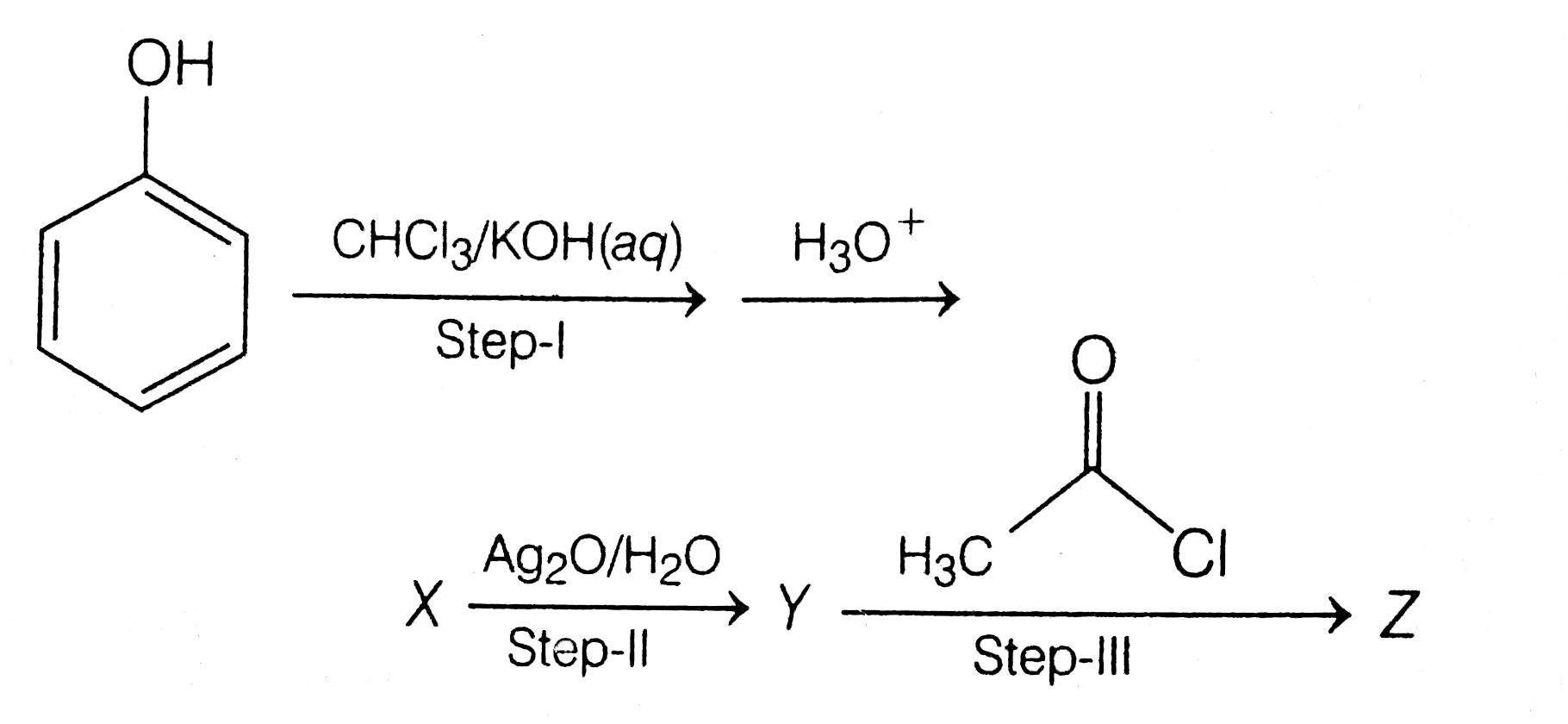
In the above reaction. The reactive intermediate formed in
the first step(step-i) isACCl3B_(∗)∗CCl2C_(∗)∗CCl−2D+CHCl2
Each of the compouns given in Column I with the reactions that they can undergo , given in column II .
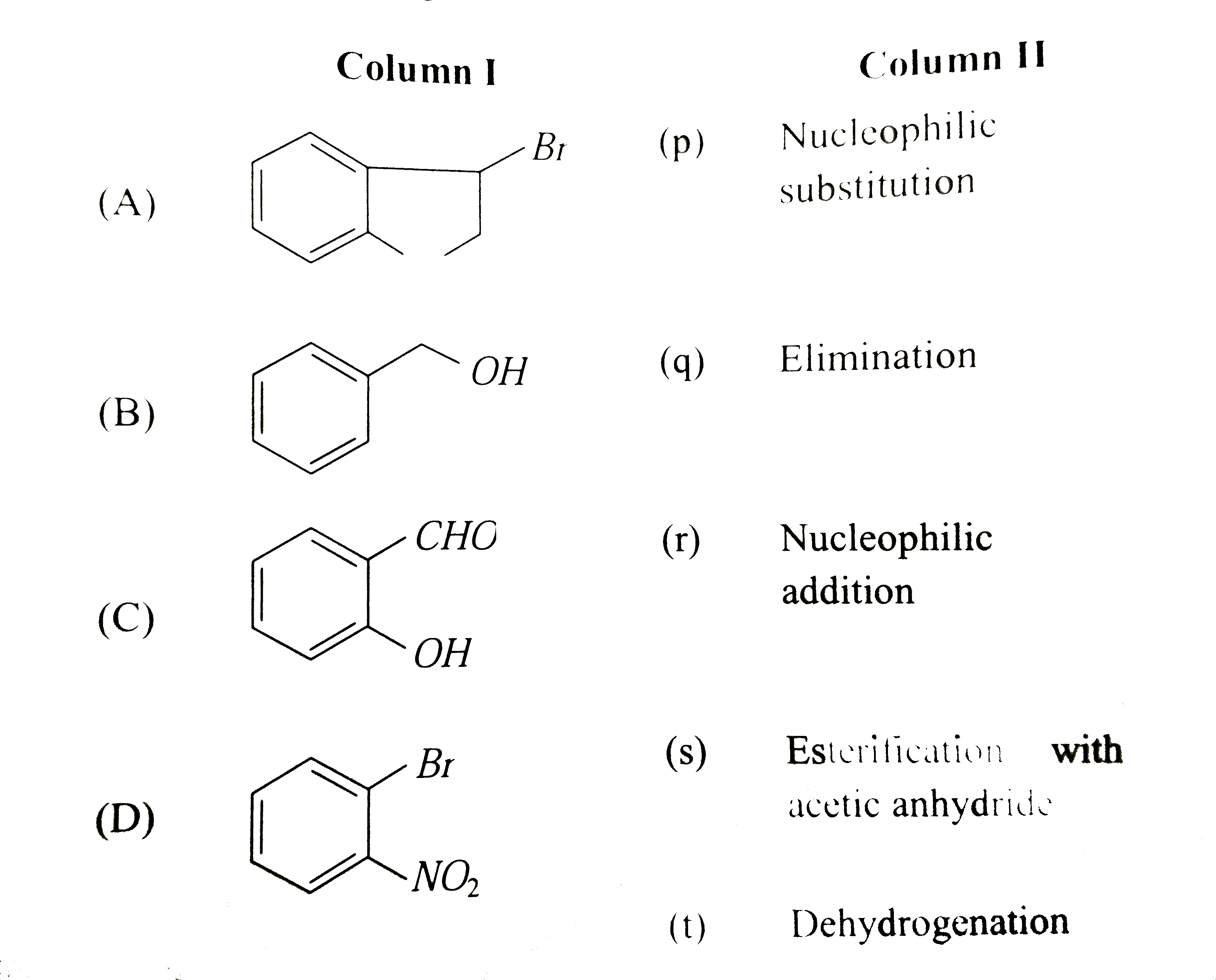
View SolutionMatch the reactions in Column I with appropriate types of steps/reactive intermediate involved in these reactions as given in Column II.
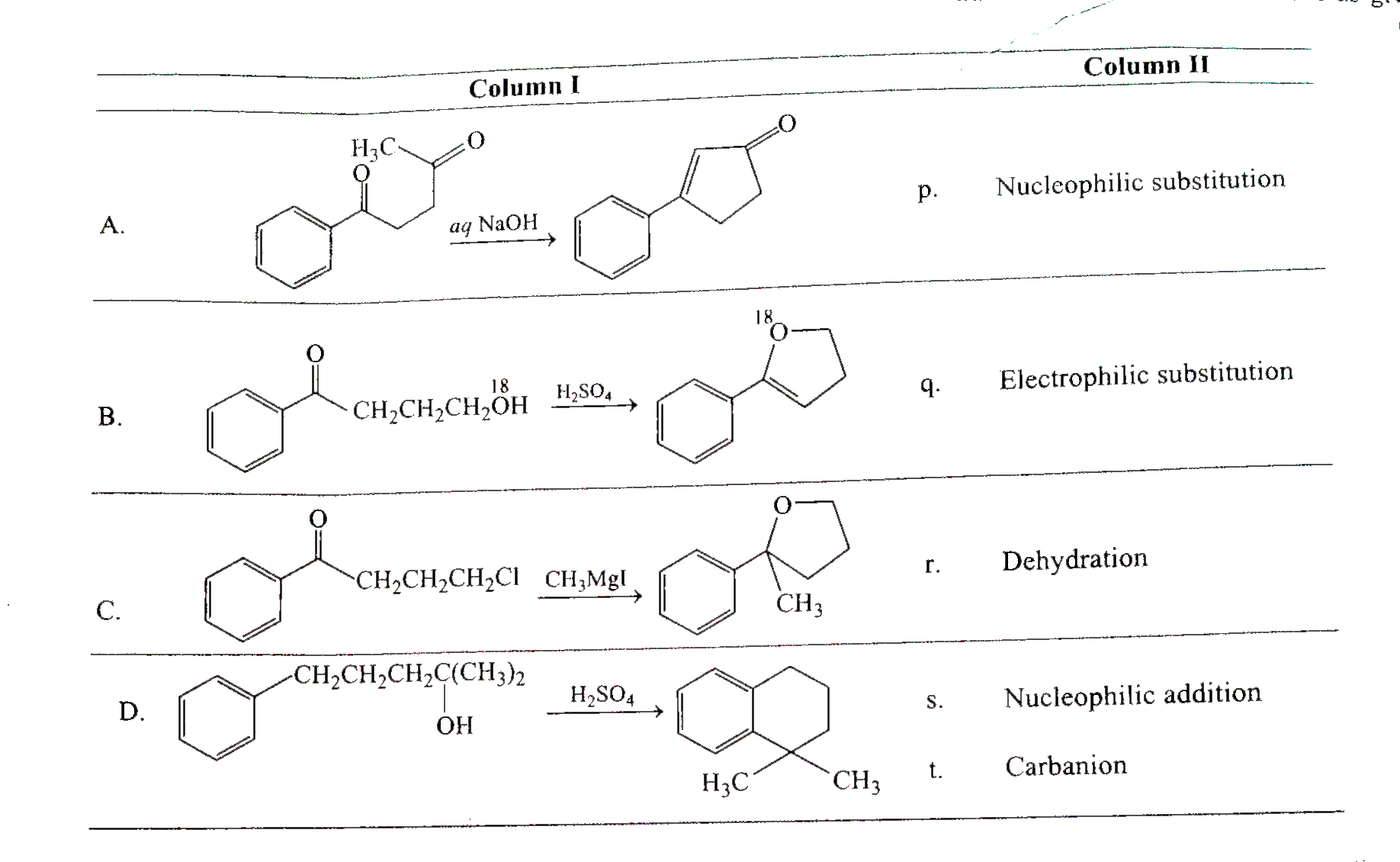
View SolutionConsider the following reactions :
Reaction I :

Reaction II :

Which of the following is a correct comparison of rate of reaction?
View SolutionAssertion:

I and II are resonating strucutres and III is resonance hybrid.
Reason: The resonance hybrid is the hypothetical structure that is considered to be a 'blend' of the real contributing structures.
View SolutionStatement-I: Reaction of cold alkaline KMnO4 with alkenes is regioselective.
Statement-II: During the reaction of KMnO4 with alkene cyclic intermediates are formed.
View Solution
